Division of Atmospheric and Geospace Sciences (AGS)
Atmospheric facilities
AGS supports facilities and instruments to advance research on Earth’s atmosphere.
NSF National Center for Atmospheric Research (NSF NCAR)
NSF NCAR is a federally funded research and development center in Boulder, Colorado. It is a focal point for research in the field of atmospheric sciences and hosts approximately 750 scientists and support personnel.
NCAR is managed under a cooperative agreement between the NSF and the University Corporation for Atmospheric Research, a nonprofit consortium of North American universities with graduate programs in atmospheric sciences.
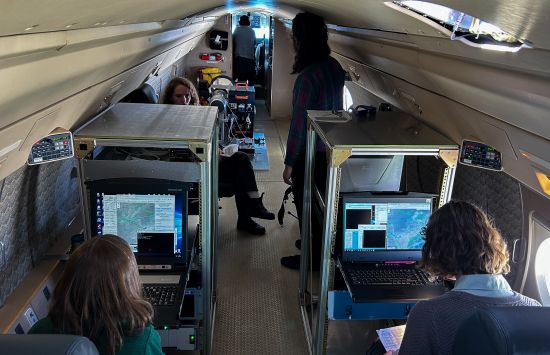
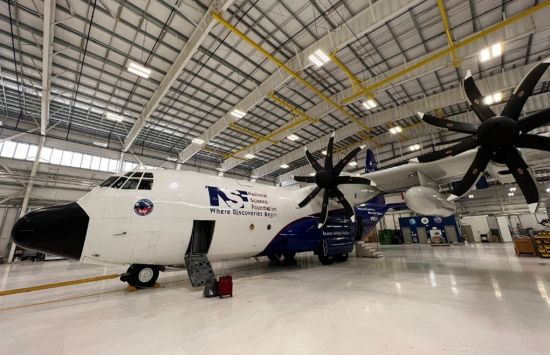
NSF NCAR C-130
The NSF NCAR C-130 aircraft is a medium-sized utility aircraft ideal for studies of the planetary boundary layer and middle and lower troposphere.
In a typical research configuration, the aircraft can carry 13,000 pounds of payload and fly for 8 to 9 hours. It can also extend a ramp mid-flight to allow you to deploy specialized equipment like ocean buoys.
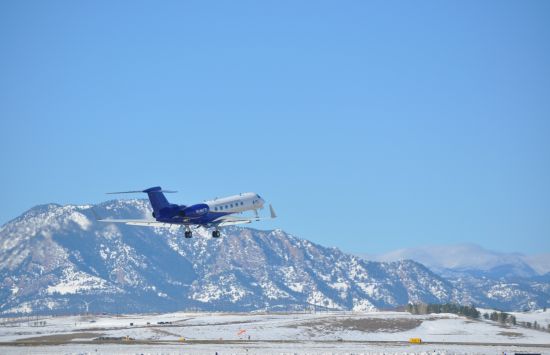
NSF NCAR HIAPER Gulfstream GV
The NSF NCAR High-performance Instrumented Airborne Platform for Environmental Research (NSF NCAR HIAPER) aircraft is a mid-sized airborne research platform for scientists and researchers studying air quality and chemistry, atmospheric dynamics and cloud properties, among other topics.
It can carry 5,600 pounds of payload and fly at higher altitudes for approximately 9 hours for typical research configurations. The aircraft can collect in-situ and remote sensing data and deploy expendable instruments.
NSF NCAR airborne instrumentation
NSF NCAR hosts instruments that are available to deploy on either or both the NSF NCAR HIAPER or C-130. The instruments measure variables like static, dynamic and cabin pressures, ambient temperature, 3-D wind fields and cloud droplet size.
NSF NCAR Integrated Sounding System (ISS)
NSF NCAR ISS is a dynamic meteorological observing system that combines surface, sounding and remote sensing instruments to capture a comprehensive description of lower atmospheric thermodynamics and winds.
NSF NCAR Integrated Surface Flux System (ISFS)
NSF NCAR ISFS is a site with resources to study how the atmosphere interacts with Earth’s surface.
NSF NCAR S-band Dual Polarization Doppler Radar (S-Pol)
NSF NCAR S-Pol is a research-grade, transportable, ground-based and dual-polarized doppler weather radar.
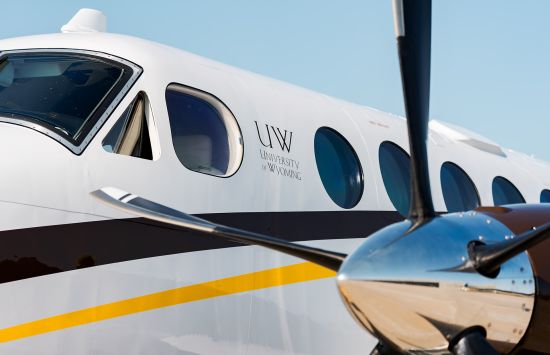
NSF Wyoming King Air research aircraft
The NSF Wyoming King Air is a relatively small and lightweight aircraft that supports research projects on atmospheric chemistry, cloud physics, aerosols, air quality and energy exchange between the surface of the Earth and its lower atmosphere.
Under a typical research configuration, it can carry 16,500 pounds and fly for up to 4 hours. The King Air is managed under a cooperative agreement with the University of Wyoming and was updated with new and improved sensors and equipment in September 2024.
Other AGS-supported facilities for atmospheric science
AGS funds radars, remote sensing suites and laboratory facilities based at various institutions through the Atmospheric and Geospace Sciences Community Instruments and Facilities (CIF) program:
Radars
The University of Alabama at Huntsville’s Flexible Array of Radars and Mesonets (FARM)
FARM includes multiple radars and surface weather instrumentation.
The University of Oklahoma Rapid X-band Polarimetric Radar (RaXPol)
RaXPol is a truck-based platform that can quickly capture radar measurements during severe weather.
Colorado State University Sea-Going and Land Deployable Polarimetric (SEA-POL) Radar
SEA-POL can weather radar measurements on a ship in rough seas or on land in strong winds.
Remote sensing suites
The Multi-function Airborne Raman Lidar (MARLi) and Airborne Doppler Lidar (ADL)
The MARLi and ADL instruments provide simultaneous water vapor, temperature, wind, aerosol and cloud profiles within the Planetary Boundary Layer (PBL).
The University of Wisconsin–Madison Space Science and Engineering Center Portable Atmospheric Research Center (SPARC)
SPARC is a mobile research laboratory with remote sensing instruments that provide vertical profiles of temperature, wind, moisture, clouds and aerosols.
University of Alabama in Huntsville Mobile Atmospheric Profiling Network (MAPNet)
MAPNet provides wind, thermodynamic, aerosol and precipitation measurements to study severe weather and air quality.
In situ observations
Mobile Uncrewed Systems for Atmospheric Science (MUSAS)
Uncrewed aerial systems for studies of boundary layer processes, coastal circulations, aerosol processes, turbulence and turbulent fluxes, surface-atmosphere exchange, high-latitude environments and severe weather.
Laboratory facilities
Clemson University Single Particle Soot Photometer (SP2)
SP2 measures black carbon in the atmosphere to better understand the particle’s effects on variables like cloud formation and local heating. The SP2 can also be deployed in the field.
The Pi Cloud Chamber at Michigan Technological University
The Pi Chamber can generate clouds under various conditions for long-term observations.
University of Utah Storm Peak Laboratory
Storm Peak is a mountain-top facility that allows researchers to conduct long-term studies on weather processes.
Geospace facilities
AGS supports observatories and monitoring networks to study geospace, including the upper atmosphere, ionosphere and magnetosphere, and the sun.
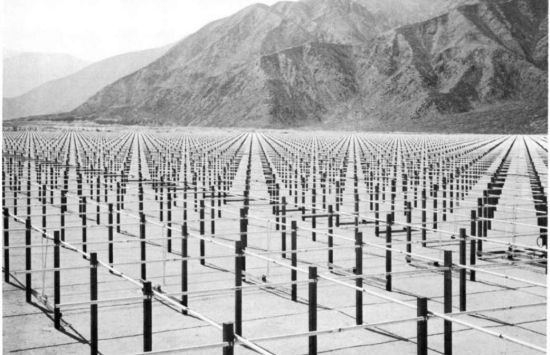
Jicamarca Radio Observatory
Researchers use the observatory's radio antenna array to study the upper atmosphere. The observatory is owned and operated by the Peruvian Geophysical Institute (Instituto Geofísico del Perú) with support from an NSF award to Cornell University.
Expanded Owens Valley Solar Array (EOVSA)
EOVSA peers at the sun so researchers can study solar physics. The New Jersey Institute of Technology operates the astronomical radio telescope in east-central California.
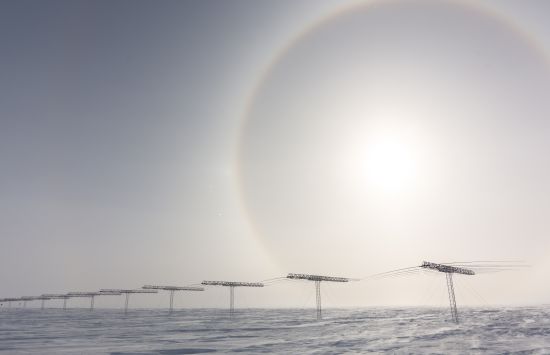
Super Dual Auroral Radar Network (SuperDARN)
SuperDARN is a global scientific radar network that includes over 30 high-frequency radars to study phenomena in Earth's upper atmosphere and its coupling with the magnetosphere and solar wind. NSF funds Pennsylvania State University, along with three other institutions, to manage the U.S. component of SuperDARN.
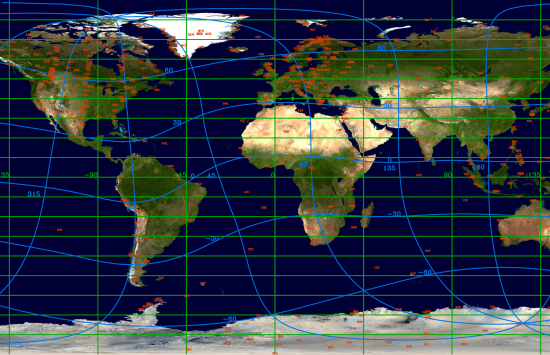
SuperMAG
SuperMAG is an international collaboration to analyze data from over 600 ground-based magnetometers. Johns Hopkins University Applied Physics Lab manages the NSF-supported aspect of the project, which provides nearly global, continuous and decades-long monitoring of the ground-level magnetic field.
Big Bear Solar Observatory (BBSO)
The observatory includes the Goode Solar Telescope, which allows researchers to observe the sun. The New Jersey Institute of Technology operates BBSO on the north side of Big Bear Lake in Southern California.
Subauroral Geophysical Observatory (SAGO)
SAGO is anchored by the High-Altitude High-frequency Active Auroral Research Program facility, which uses high-power radio waves to study how the ionosphere interacts with radio waves. The observatory is in Gakona, Alaska and owned by the University of Alaska Fairbanks.
Millstone Hill Geospace Facility (MHGF)
MHGF includes a cluster of sensors and instruments spanning a range of electromagnetic frequencies. The facility's powerful incoherent scatter radar allows researchers to explore Earth's upper atmosphere. The Massachusetts Institute of Technology operates MHGF at the Haystack Observatory complex in Massachusetts.
Advanced Modular Incoherent Scatter Radar (AMISR)
AMISR consists of two phased-array radar systems, which help scientists characterize and study processes in the ionosphere, the ionized portion of the upper atmosphere. One system is in Poker Flat, Alaska, and the other is in Resolute Bay, Canada.
Simpson Neutron Monitor Array
The array includes ground-based cosmic ray monitors to detect and measure radiation from space. The University of New Hampshire, the University of Delaware and the University of Wisconsin-River Falls operate the Simpson Neutron Monitor Array.
Community Coordinated Modeling Center (CCMC)
CCMC provides information and models relating to space weather research. The center is a U.S. interagency partnership based at the NASA Goddard Space Flight Center in Greenbelt, Maryland.
Active Magnetosphere and Planetary Electrodynamics Response Experiment (AMPERE)
AMPERE uses magnetic data from satellites to conduct research in space weather and magnetosphere-ionosphere physics. Johns Hopkins University Applied Physics Lab manages AMPERE.
Division of Earth Sciences (EAR)
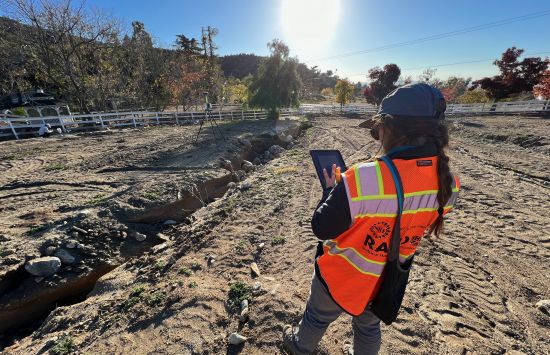
NSF EarthScope Consortium Geodetic Facility for the Advancement of Geoscience (NSF GAGE)
NSF GAGE is a distributed, multi-user national facility operated by EarthScope Consortium that serves a broad spectrum of geosciences disciplines that use geodetic techniques, like GPS, for Earth, atmospheric and polar sciences.
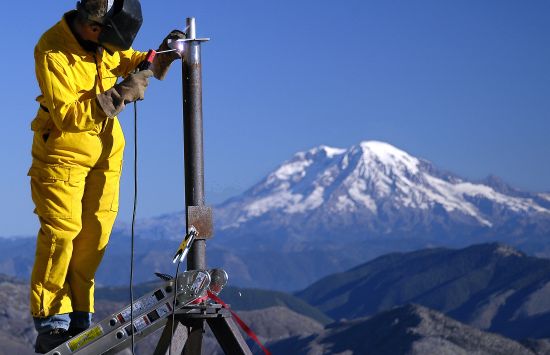
NSF EarthScope Consortium Seismological Facility for the Advancement of Geoscience (NSF SAGE)
NSF SAGE is a distributed, multi-user national facility operated by EarthScope Consortium providing seismic and related geophysical instrumentation and services to support research and education in the geosciences.
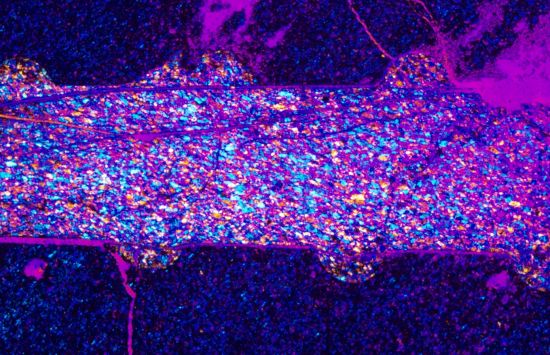
NSF Arizona State University Facility for Open Research in a Compressed Environment (FORCE)
The FORCE facility is hosted at Arizona State University to study matter at extremely high pressure and high temperature under conditions of compression and stress.
Division of Ocean Sciences (OCE)
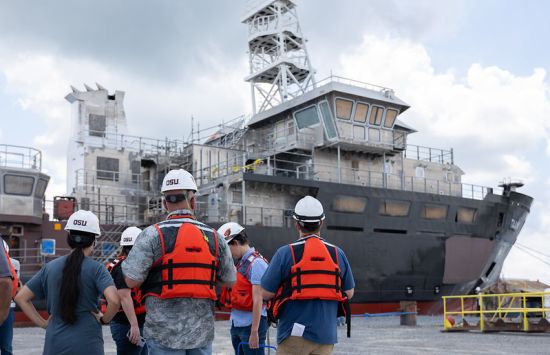
U.S. Academic Research Fleet
The fleet currently includes 17 oceanographic vessels and various submersibles that visit the seafloor and sub-seafloor environment, in the oceans, the Great Lakes and remote polar regions. NSF, the Office of Naval Research and U.S. universities and laboratories own the fleet, which is operated by research universities and laboratories.
The fleet's technologically advanced ships, submersibles, and autonomous vehicles collect observational data on Earth systems. Through at-sea sampling and observing, researchers have begun to understand, model and predict how marine populations respond to both episodic and long-term changes in ocean conditions.
Regional Class Research Vessels (RCRV): (Coming soon) A trio of ships that will modernize and support the U.S. Academic Fleet. Each RCRV will be a floating laboratory for ocean-going scientists, capable of precise station-keeping for water column and sediment sampling, and supporting remotely operated and autonomous vehicles. The vessels will also allow shore-based scientists to virtually participate in ship-based activities, greatly expanding the potential user base
- The R/V Taani will be the first to complete construction; Oregon State University will operate the vessel on the West Coast.
- The R/V Narragansett Dawn will follow the R/V Taani the East Coast Oceanographic Consortium led by the University of Rhode Island will operate the vessel on the East Coast.
- The R/V Gilbert R. Mason will be the final vessel to complete construction; the Gulf-Caribbean Oceanographic Consortium will operate the vessel in the Gulf of Mexico and nearby waters.
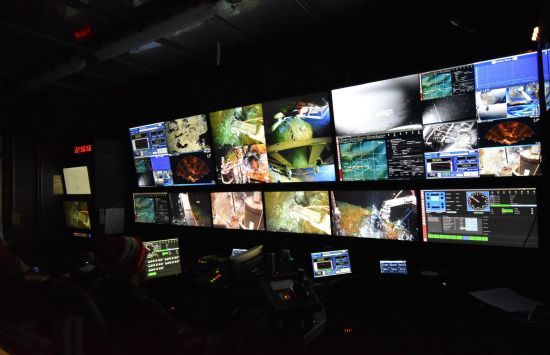
NSF Ocean Observatories Initiative
This ocean-observing network delivers real-time data from more than 900 instruments in the ocean. The initiative helps us study ocean processes like the relationship between the high-latitude North Atlantic and global carbon cycle.
We also rely on the instruments to monitor underwater volcanoes and earthquakes, which can trigger tsunamis with 100-foot waves. You can use the comprehensive and free data explorer to look for information by location and instrument, among other topics.
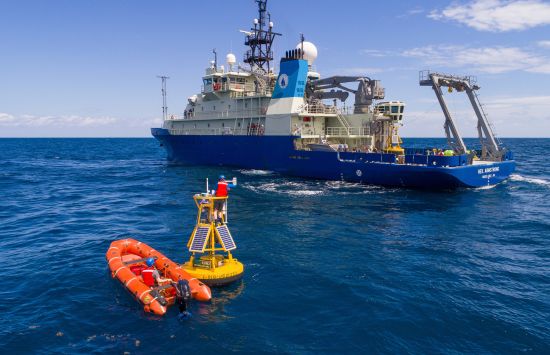
NSF Global Ocean Biogeochemistry Array
This global robotic network includes autonomous robotic floats to monitor the ocean.

U.S. Scientific Ocean Drilling Program
The program (formerly the International Ocean Discovery Program, or IODP) is a network of drilling platforms and technologies that allow researchers to explore the ocean basins and Earth's evolution and structure.
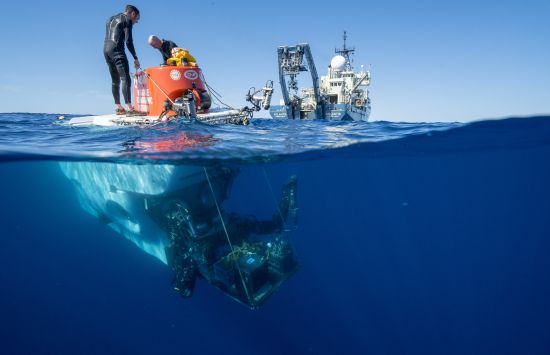
National Deep Submergence Facility
Operates a fleet of underwater vehicles to explore, sample and map the deep ocean. The vehicles are owned by other institutions but receive funding from NSF. The fleet includes:
- HOV Alvin - Alvin is a human-occupied vehicle that enables data collection and observation by two scientists to depths reaching 6,500 meters, during dives lasting up to ten hours.
- ROV Jason - Jason is a remotely operated vehicle that allows scientists to have access to the seafloor without leaving the deck of a ship.
- AUV Sentry - Sentry is an autonomous underwater vehicle capable of exploring the ocean down to 6,000 meters.
Office of Polar Programs (OPP)
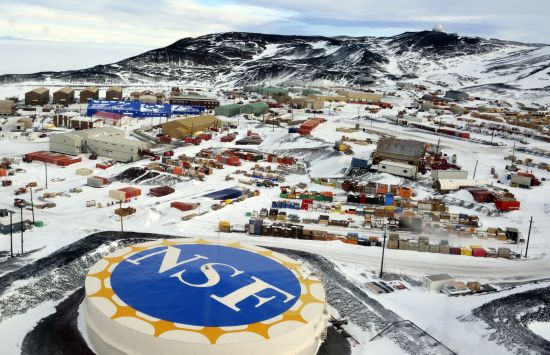
NSF McMurdo Station
The largest of the U.S. year-round stations and the largest station on the continent. It is the central logistical hub for the U.S. Antarctic Program (USAP), supporting research on the continent and at NSF Amundsen-Scott South Pole Station.
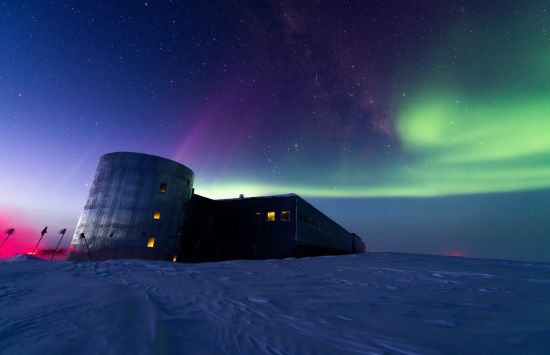
NSF Amundsen-Scott South Pole Station
The southernmost year-round research station in the world, serving as a critical center for cutting-edge scientific research and a logistical hub for access to East Antarctica.
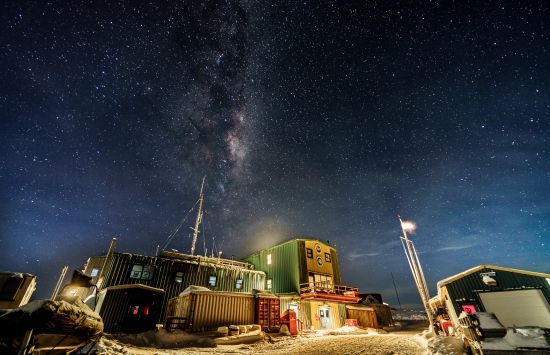
NSF Palmer Station
The northernmost U.S. year-round research station in Antarctica, serving as a key center for marine and biological research in the peninsula region.

RVIB Nathaniel B. Palmer
The flagship icebreaking research vessel of USAP. The vessel's icebreaking capacity, berthing capacity and advanced scientific capabilities are unique in NSF, and within the entire U.S. fleet of scientific research vessels.
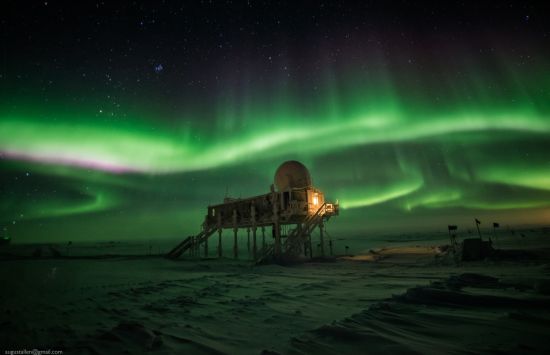
Summit Station
The only high altitude, high latitude, inland, year‐round observing station in the Arctic. It offers immediate access to the free troposphere and is relatively free of local influences that could corrupt atmospheric observations.


